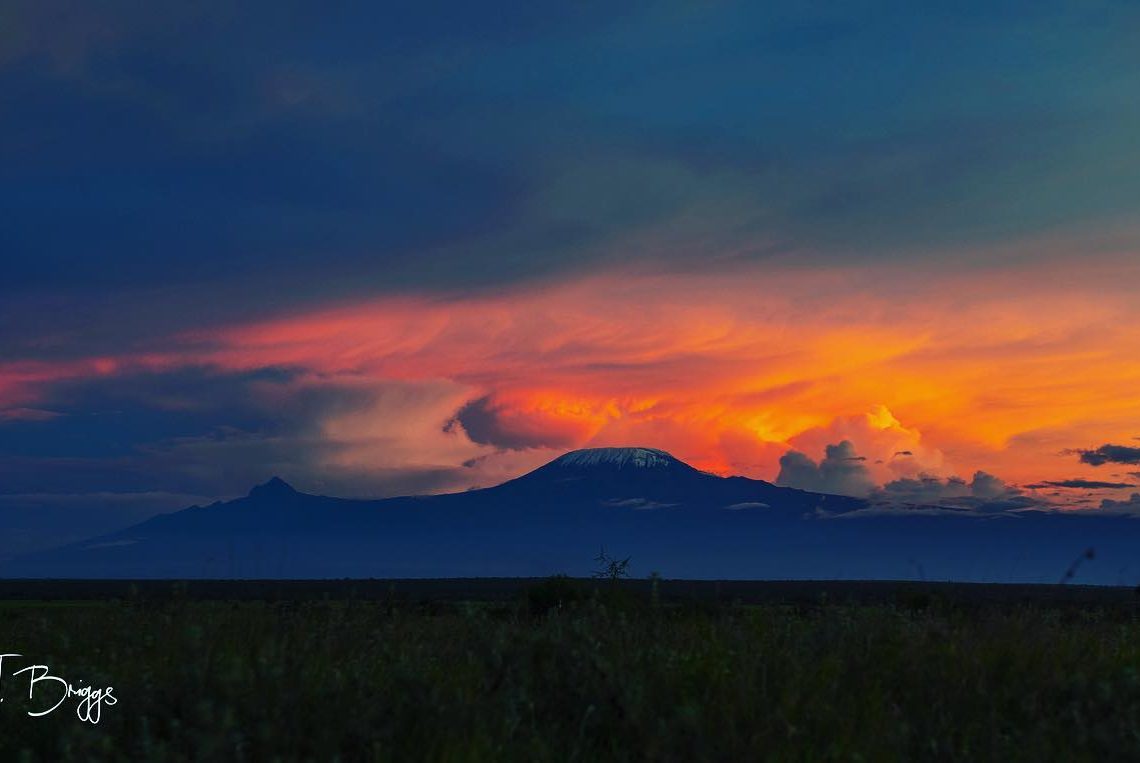How Climate Change Shapes Conflict in the Amboseli Ecosystem

By Filberto Mayiani, Lion Monitoring Coordinator
As a conservationist, I approach every case of human–wildlife conflict with careful analysis, especially in the context of climate change. Conflict mitigation requires weighing many interlinked factors—ecological, social, and environmental—all of which are being reshaped by the rapidly changing climate.
The Amboseli ecosystem, home to elephants, lions, wildebeest, giraffes, and countless bird species, is increasingly vulnerable to rising temperatures, prolonged droughts, and erratic rainfall during the rainy season. These changes are transforming habitats, diminishing food and water availability, and altering migration routes. As wildlife and people compete for the same shrinking resources, conflict intensifies, threatening biodiversity and the pastoralist communities who depend on this land for their livelihoods, and survival.
Olgulului–Lolarash, which borders Amboseli National Park, has long benefited from predictable seasons that created favorable conditions for coexistence. In the past, dry seasons brought challenges, but not crises. Now, with harsher and longer droughts, water and pasture vanish across the group ranch, forcing most wildlife to retreat into the park where resources persist. For us, this often means a temporary reduction in conflict, lions stay within the park, well-fed on wild prey, and communities remain at peace.
The rainy season, however, tells a different story. Once the rains arrive, grazing flourishes across the wider ecosystem. Livestock thrive near their homesteads, while wildlife disperses beyond the park’s boundaries. Lions, following their natural prey, inevitably move into human-dominated areas. When wildlife grows strong and harder to catch, livestock become easier targets. Between December and May, this seasonal shift, exacerbated by increasingly erratic rains, leads to a spike in livestock depredations and human–lion conflict.
During the dry months from June to November, pastoralists migrate with their herds across the landscape in search of pasture. As wildlife retreat deeper into the park, lions left behind turn to livestock for survival. Each attack on livestock carries the risk of retaliation, eroding the trust and tolerance that conservation organizations like ours work so hard to build. When droughts stretch longer under climate stress, livestock graze even closer to the park’s edges, displacing wildlife further and pushing lions into a desperate struggle for survival.
The growing impact of climate change on human–lion conflict in Amboseli is both ecological and social. Lion Guardians plays a critical role, protecting lions and livestock, actively mitigating conflicts, and supporting cultural pride in lions. Our work demonstrates that coexistence is possible, even as the climate shifts. But local action alone is not enough. Lasting coexistence depends on global leadership, stronger commitments to climate action, adaptation, and resilience.



Leave a Reply